求5-6年级的英语语法
呵呵 希望对你有所帮助 祝楼主进步哈
一、 基数词,序数词
序数词前一定要加“the”,序数词一般用于:
①日期【the 号(序数词)of 月】②【第几…】③【名次】
二、 动词
1. be动词(am/is/are)
2.助动词(do/does/did)3.情态动词(can,must,could,would,may,shall,would)
情态动词后面都跟动词原形
三、 介词
①in+月、年the morning/afternoon/evening/a week
表示时间 ②on+具体某一天(几月几日)/某个假期(…Day)
③at+具体某点时间、某个假期(…Festival)/the weekend
①in…street
表示方位 ②on…road/left/right
③at the…crossing/stop/某个具体的地点
①in the tree(不是树上长出来的)
②on the tree(树上原来自己长出来的)
表示时间:① ago(……以前) later(……以后)
② before (在……以前) after(在 ……以后)
(名词,代词,形容词及副词的比较级)
一、 名词
1. 不可数名词:bread,juice,tea,coffee,water,chocolate,rice,paper(不可数名词相对应的be动词永远都是is/was)
2、名词复数规则
(1).一般情况下,直接加-s,如:book-books, bag-bags, cat-cats, bed-beds
(2).以s. x. sh. ch结尾,加-es,如:bus-buses, box-boxes, brush-brushes, watch-watches
(3).以“辅音字母+y”结尾,变y为i, 再加-es,如:family-families, strawberry-strawberries
(4).以“f或fe”结尾,变f或fe为v, 再加-es,如:knife-knives
(5).不规则名词复数: man ---men, woman---women, policeman---policemen, policewoman---policewomen, mouse---mice child---children foot---feet,.tooth---teeth fish---fish, people---people, Chinese---Chinese, Japanese---Japanese
二、 代词
主格 宾格 形容词性物主代词 名词性物主代词
非第三人称单数 I me my mine
We us our ours
you you your yours
they them their theirs
第三人称单数 he him his his
she her her hers
it it its its
1. 主格一般用在句中作为主语,一般用在动词前(除疑问句)
2. 宾格多用于动词介词后面。
3. 形容词性物主代词后面必须要跟名词。
4. 名次性物主代词=形容词性物主代词+名词
三、 形容词及副词的比较级
1. 形容词比较级用于两者比较,基本句式为:(A)主格+be|+形容词比较级+than+B(宾格)。
2. 副词比较级 基本句式为:(A)主格+动词|+副词比较级+than+B(宾格)。
3.
4. 比较级的用法:①一般+er
②双写最后一个字母+er,如thin—thinner,big—bigger,fat—fatter,hot—hotter,
③ 不规则的比较级:good/well—better,many/much—more,far—farther/further
5. 一样的情况用as…as,句式为:as 原级 as
6. 注意:too,very+原级
(特殊疑问词)
七、特殊疑问词
单词 意思 用法 回答
when 什么时间 问时间
who 谁 问人
whose 谁的 问主人
where 在哪里 问地点
which 哪一个 问选择
why 为什么 问原因
what 什么 问东西
what time 什么时间 问时间
what colour 什么颜色 问颜色
what about …怎么样 问意见
what day 星期几 问星期
what date 什么日期 问具体日期
what for 为何目的 问目的
how …怎么样 问情况
how old 多大 问年龄
how many 多少 问数量
how much 多少 问价钱
how about …怎么样 问意见
how far 多远 问路程
(动词时态)八、 时态
1. 一般现在时(关键词:often / usually / always / sometimes / every…/ on (星期+s)
① 非第三人称单数(I、We、you、they)+动词原形
② 第三人称单数(He、she、it)+(动词+s)
2. 现在进行时(关键词:now / look / listen) be+动词ing
动词加ing的变化规则
(1).一般情况下,直接加ing,如:cook-cooking
(2).以不发音的e结尾,去e加ing,如:make-making, taste-tasting
(3).如果末尾是一个元音字母和一个辅音字母,双写末尾的辅音字母,再加ing,如:run-running, stop-stopping
3. 一般过去时(关键词:just now, a moment ago, yesterday, last …,yesterday …,this morning,on/at …)
(1).Be动词在一般过去时中的变化:
⑴am 和is在一般过去时中变为was。(was not=wasn’t)
⑵are在一般过去时中变为were。(were not=weren’t)
⑶带有was或were的句子,其否定、疑问的变化和is, am, are一样,即否定句在was或were后加not,一般疑问句把was或were调到句首。
(2).句中没有be动词的一般过去时的句子
否定句:didn’t +动词原形,如:Jim didn’t go home yesterday.
一般疑问句:在句首加did,句子中的动词过去式变回原形。如:Did Jim go home yesterday? 特殊疑问句:⑴疑问词+did+主语+动词原形?如: What did Jim do yesterday?
⑵疑问词当主语时:疑问词+动词过去式?如:Who went to home yesterday?
(3).动词过去式变化规则:
①.一般在动词末尾加-ed,如:pull-pulled, cook-cooked
②.结尾是e加d,如:taste-tasted
③.末尾只有一个元音字母和一个辅音字母的重读闭音节,应双写末尾的辅音字母,再加-ed,如:stop-stopped
④.以“辅音字母+y”结尾的,变y为i, 再加-ed,如:study-studied
⑤.不规则动词过去式:am,is---was, are-were, do---did, see---saw, say---said, give---gave, get---got, go----went, come---came, have---had, eat---ate, take----took, run---ran, sing---sang, put---put, make---made, read---read, write---wrote, draw---drew, drink---drank, fly---flew, ride---rode, speak---spoke, sweep----swept, swim----swam, sit----sat
4. 一般将来时(关键词:tomorrow、next day(week, month, year…)、soon、at once、this afternoon/evening/ the day after tomorrow(后天)等)
1be going to do 将要做某事 2 will do 将要做某事
时钟
分≤30分 分 past 小时 半个小时=30分=half
例子:12:20 twenty minute past twelve
分>30分 60-分 to 小时+1 一刻=15分=a quarter
例子:12:31 twenty nine minute to thirteen 可数与不可数名词讲解
英语中的名词按其表示的事物性质的不同可分为可数名词与不可数名词。这两种名词在用法上是有区别的,现归纳如下:
一、可数名词有单数、复数之分,如:
map→maps;onion→onions;baker→bakers
不可数名词没有复数形式,只有单数形式。如:
some water;a lot of bread
二、单数可数名词表示泛指时,前面要用不定冠词a(an);而不可数名词不能用a(an)。如:
Li Hong is a driver.I am a teacher.李红是一名司机,我是一名教师。
We can’t see milk on the table.我们看不见桌上有牛奶。
[友情提醒]在表示特指时,不可数名词和可数名词前都要用定冠词the,如:
Pass me the ball,please.请把球传给我。
The chicken on the plate is yours.盘子里的鸡肉是你的。
三、可数名词表示复数意义时可用many等词修饰。如:
many apples;a lot of tomatoes;a few pens
不可数名词则要用much、a little等词修饰。如:
much meat a little breadlittle water
[友情提醒]这两类名词都可以被some、any、a lot of(lost of)等修饰。如:some eggs/paper(纸)。
A lot of (lots of) knives/orange juice
四、可数名词前通常可用具体的数词来修饰。如:
three women
ten babies
不可数名词表示数量的多少时,必须与表示数量的名词连用,即“数词+表示数量的名词(可数名词)+of+不可数名词”。如:
two glasses of milk 两杯牛奶
five pieces of bread 五片面包
五、可数名词作主语时,谓语动词的单、复数与主语的单、复数须保持一致。不可数名词作主语时,谓语动词只能用单数形式。如:
There is some rice in the bowl.碗里有些米饭。
All the students are in the classroom.所有的学生都在教室里。
[友情提醒]如果不可数名词前有复数名词短语修饰时,谓语动词须用复数形式。如:
There are two bags of rice in the room.房间里有两袋大米。
六、对可数名词的数量提问用how many;对不可数名词的数量提问要用how much,但对不可数名词前表示数量名词中的修饰语提问时要用how many。
如:
I can see two pictures on the wall. → How many pictures can you see on the wall?
There is a lot of pork in the basket. → How much pork is there in the basket?
I want three glasses of water. → How many glasses of water do you want?
七、另外,有些集合名词也是可数名词,但不同的是,它们以单数形式出现,表示复数概念,如people,police,family等;而有些可数名词本身就以复数形式出现,如clothes,glasses(眼镜)等;有的可数名词单、复数形式相同,如Japanese,sheep,Chinese等。如:
The Chinese people are hardworking and brave.中国人民勤劳勇敢。
The sports clothes are new.这些运动服是新的。
I have one sheep. He has two sheep.我有一只羊,他有两只羊。
版权声明:本文由哟品培原创或收集发布,如需转载请注明出处。

